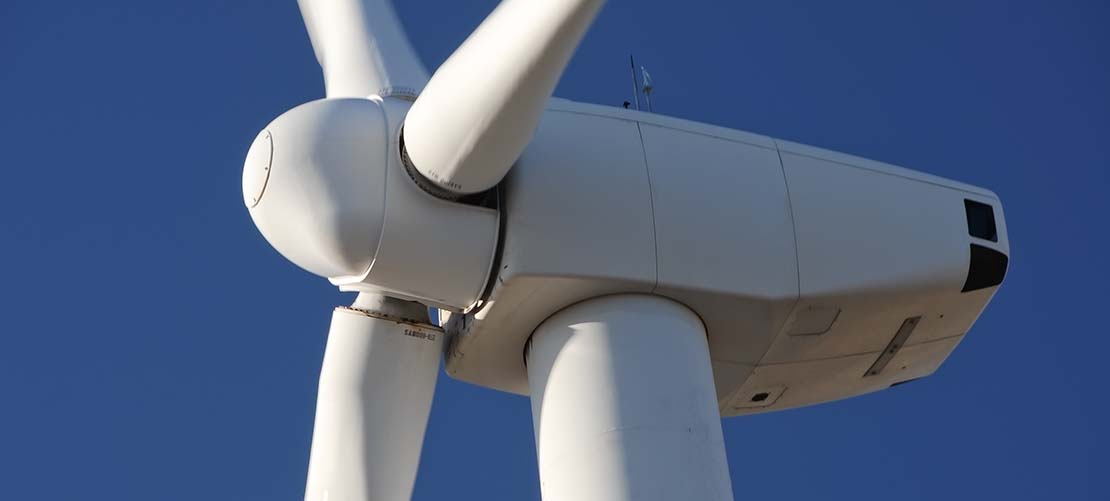Demystifying decarbonisation: putting a price on decarbonisation - emissions trading

Decarbonisation and the drive to net zero affects every person and every business. Our cross-practice international team of lawyers at Stephenson Harwood can help you both navigate through these challenges and help your business make the most of the opportunities no matter where you are on your journey.
Part of the journey is understanding the constantly evolving jargon that often surrounds the topic of climate change and decarbonisation. Our demystifying decarbonisation series breaks down the key terms, policies, regulations and drivers that businesses need to know.
Putting a price on decarbonisation - Emissions Trading Systems
The 2015 Paris Agreement prompted governments to consider firmer policies to achieve decarbonisation. The implementation of carbon pricing policy instruments (including emissions trading systems ("ETS")) is often viewed as a strong tool in the effects to reduce greenhouse gas emissions ("GHG").
So, what is an ETS?
An ETS is a form of cap-and-trade system. The origin of cap-and-trade systems to monitor pollution and emissions dates back to the 1980s when they were successfully used in the United States to phase out lead in petrol. In summary, the central government sets a cap on the maximum level of pollution and creates credits for each unit of pollution allowed under the cap. The central government may choose to give the credits away or to auction them off. Companies that do not have sufficient credits must either cut back on their emissions or buy credits from other companies.
The UK ETS
The UK ETS can trace its roots back to the EU ETS, which was a "cornerstone" of the EU's policy to combat climate change and remains a key tool for reducing GHG. Following Brexit, the UK Government was offered the possibility of remaining in the EU ETS, however instead decided to create a new UK ETS as part of its strategy to reach net zero by 2050.
On 19 May 2021 the UK ETS was launched, covering energy intensive industries, the power generation sector and aviation within the UK. There is increasing policy pressure to clarify whether the sectoral scope of the UK ETS will be expanded to other sectors such as agriculture. Indeed, steps are being made for proposals to expand the UK ETS to include waste incineration and energy from waste by the mid to late-2020s.
The UK ETS is monitored and enforced by the Environment Agency who can issue enforcement notices, resulting in the imposition of a civil penalty where the rules of the ETS have been broken.
What do the supporters of ETS say some of the benefits are?
1. Innovation and low-carbon development
Economic growth has historically been tied to carbon emissions from energy generation and it is commonly assumed that reducing emissions will negatively impact the economy. While this may have been the case during the Industrial Revolution, it is not necessarily true today. Proponents argue that an ETS offers to incentivise companies to invest in cleaner technologies thus serving to help decouple carbon pollution from economic growth.
2. Supports public policy
Through the auctioning process, an ETS can generate fiscal revenue. This revenue can be put to a variety of uses including research and development of low carbon technologies, or policies that relate to the insulation of low-income households from higher energy costs. Indeed, by the end of 2021, ETSs worldwide have raised approximately US$161 billion in public revenue.
3. Encourages information sharing
Creating and running an ETS requires extensive data on companies and their emissions in order to function properly. As part of the participation criteria in an ETS, companies are required to comply with reporting requirements. This data can assist governments in tracking the progress of the ETS as well as take stock of economy-wide emissions. Participating companies may also make use of this data, which may be applied to long-term investment decisions.
What do the critics of ETS say some of the problems are?
1. Sets a climate ceiling
Opponents argue that an ETS can lead to overproduction of pollutants up to the maximum levels set each year. Effectively, there is no incentive to adopt policies that would encourage targets to be over-achieved. Given emissions credits are sometimes cheaper than converting to cleaner technologies and resources, there is not always a real incentive for industries to change their practices.
2. Issues with monitoring and fraud
The monitoring and reporting of emissions must be robust, consistent and accurate for an ETS to operate effectively. This is key to gaining accurate information on emissions and ensuring the environmental integrity of the ETS market. Such an environment can lead to producers falsifying data and under-declaring emission outputs in an attempt to avoid fines or obtain further credits.
Has the UK ETS been effective and what does the future hold?
It is arguably too early to determine if the UK ETS has been effective but the formal review of the UK ETS, due to start in 2023, will give the UK Government a chance to consider how the system has been performing. As part of this review process, the UK Government is committed to reviewing the allocation of free credits to ensure that a balance is maintained thus incentivising decarbonisation. As already noted, it is expected that the UK ETS may be expanded to cover a greater spectrum of sectors that are not currently included such as waste incineration and agriculture.
Our decarbonisation team
At Stephenson Harwood, we have market-leading expertise in three sectors that will be the key pillars in decarbonising and achieving net zero:
- energy,
- transportation and trade, and
- the built and natural environment.
This gives our clients the benefit of cross-sector insights as we support them on their pathway to net zero.
Our decarbonisation team is international, with specialists spread across eight offices in Europe, Asia and the Middle East. When coupled with our strategic relationships with other key independent law firms, this means we can support our clients wherever their business interests are based.


